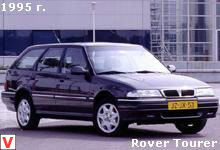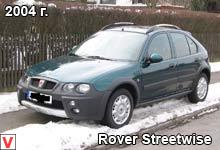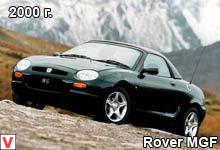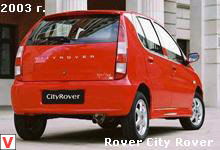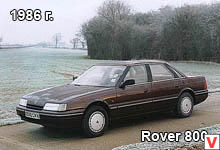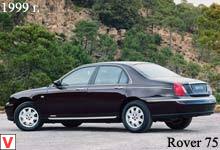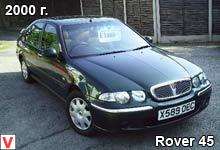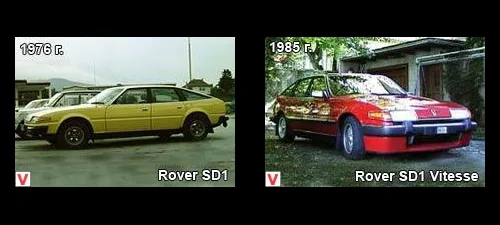
The Rover SD1 model is a full-size executive class car in a 5-door sleek hatchback body, which was produced by the British car company Rover (at that time it was part of British Leyland) from 1976 to 1986. The letters “SD” in the title are decoded as “Specialist Division” (special unit), and the number “1” means that this is the first model of this series. The SD1 model replaced two cars at once: the Rover P5 and the Rover P6. In many ways, the appearance of the car was the result of long-term tests in a wind tunnel: a low roof and a strong inclination of the windshield and a rear door. In its concept, the design of the Rover SD1 resembled Ferrari Daytona, a popular sports car at the time.
The wheelbase of the car was 2,820 mm, length - 4,730 mm, width - 1,770 mm, and height - 1,380 mm. For the model Rover SD1 was originally proposed 8-cylinder V8 engine with a 3.5-liter capacity of 155 hp. The design of the power unit was based on the Buick Fireball engine created in 1961. It was equipped with two Solex 175 carburetors. The engine capacity of this version of the SD1 was the reason for assigning it the “3500” index. As for the transmission, there was used a 5-speed manual gearbox. Such equipment allowed the Rover SD1 to accelerate from standstill to 100 km / h in 8.6 seconds, and the maximum speed was 209 km / h.
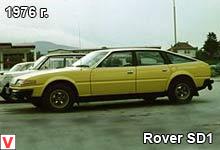
It is worth noting that as an option, the manufacturer also offered to equip the car with an automatic transmission, which made the SD1 a serious contender even for the Jaguar XJ6 and Mercedes S-class. The braking system included ventilated front disc and rear drum brakes. The chassis of the car was almost entirely borrowed from the model Rover P6, because at that time the company was experiencing financial difficulties, and there were not enough funds to develop a completely new design. The SD1 suspension was independent, MacPherson struts were in front, and coil springs and telescopic shock absorbers were used both in the front and in the rear.
The cabin of the Rover SD1 was quite spacious and well equipped. The list of equipment included the following options: central locking, inertial seat belts, athermal (heat-absorbing) glass with electric drives, power steering, a large number of warning lights on the dashboard. Instead of wood and leather trim of the time characteristic of that time, in this model the main emphasis was placed on the use of velor and high-quality plastic. In 1977, two less expensive versions appeared in the model range of the SD1: “Rover SD1 2300” and “Rover SD1 2600”, which were equipped with six-cylinder in-line engines of 2.3 (123 hp) and 2.6 (136 hp) liters, respectively .
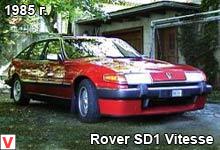
These power units were designed by the Triumph branch and, despite their comparative efficiency and decent dynamic performance, were inferior to the V8 engine due to their lower reliability. Nevertheless, they allowed to increase sales of this model. In 1980, another SD1 version was released under the name Vanden Plas. She had a wider range of equipment and improved body finish. There were two engine options to choose from for the Vanden Plas: a 3.5-liter V8 engine and a six-cylinder powertrain from the SD1 2600. The Vanden Plas was the first modification of the SD1 series, which underwent external changes.
All other options also received a new design of the bow. In 1982, a version called the “SD1 2000” was released, which was equipped with a two-liter four-cylinder engine with a power of 101 hp. In the same year, for the first time in the history of the Rover company, a four-cylinder diesel engine of 2.4 liters per second was installed on its car turbocharged. The diesel version is called "SD1 2400". But the main event this year for the SD1 series was the release of a version called the Rover SD1 Vitesse, which was equipped with a 3.5-liter V8 engine.
But unlike the SD1 3500 version, the power unit had an electronic fuel injector. Such a change in the design allowed us to get a power output equal to 193 hp. The maximum speed of this version was 217 km / h, and acceleration to 100 km / h took 7.1 seconds.
